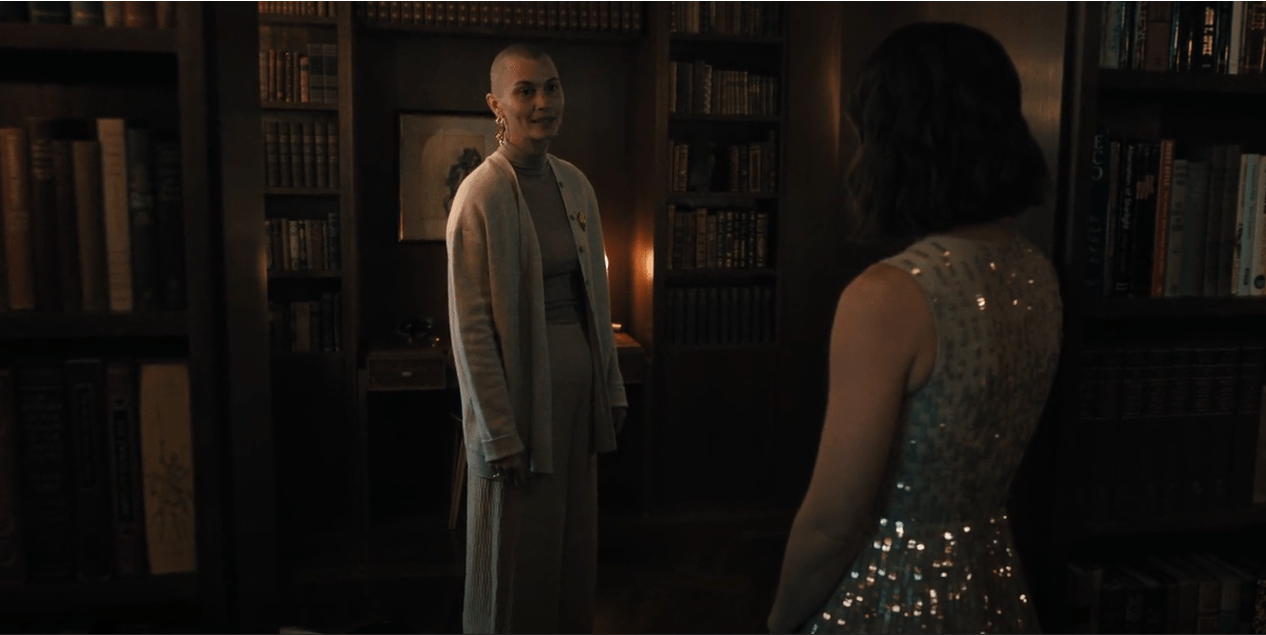Helmed by Simon Stone, Netflix’s ‘The Girl in Room 10’ tells the story of a journalist named Laura Blacklock who steps into a luxury yacht expecting a relaxed journey through the silent seas. She is invited by the Lyngstad Foundation, founded by a wealthy heiress named Anne Lyngstad, who is dedicated to cancer research. However, when an inexplicable turn of events shakes her to the core, the protagonist realizes she might be trapped onboard. One by one, each element confirming her grasp on reality begins to unravel, forcing her to question what truly transpired. The mystery thriller, which is based on the eponymous novel by Ruth Ware, and its adaptation by Emma Frost, plays on the genre conventions of a classic locked-door mystery, making everyone a potential suspect in this twisted maze. The Lyngstad Foundation, as such, becomes more than just the backdrop to the main plot; it is also a deciding factor in the trajectory this odyssey ultimately takes.
A Real-Life Cancer Research Organization Might Have Informed the Creation of the Lyngstad Foundation
While the Lyngstad Foundation is a fictional cancer research foundation originally penned by writer Ruth Ware for her eponymous book, and adapted to the screen by Joe Shrapnel, Anna Waterhouse, and Simon Stone, it bears some vague similarities to real-world foundations of a similar nature. In particular, a case can be made for the Ludwig Institute for Cancer Research, which serves as a partial source of inspiration for this fictional endeavor. To begin with, both cancer research projects were created by and named after a shipping magnate. While Anne Lyngstad, a character invented for the story, helms the Lyngstad Foundation, its potential real-life counterpart was founded by businessman and philanthropist Daniel K. Ludwig. Their respective backgrounds hold narrative significance, as in Anne’s case, which serves as the backbone to a number of her business decisions.

Founded in 1971, the Ludwig Institute for Cancer Research is one of the most well-known cancer research institutions, facilitating a network of facilities and laboratories that are dedicated to the study of cancer and the creation of treatment methods. Reportedly, Daniel K. Ludwig transferred his international assets in service of the institution, resulting in a funding of over 560 million dollars. This act of philanthropy aligns with Anne Lyngstad’s decision in the movie, but the different contexts point to the larger points of divergence between the two. Notably, Lyngstad is a Norwegian businessperson, which is markedly different from the case of Ludwig, who was an American tycoon. Secondly, the movie’s research foundation is introduced as a response to Lyngstad’s stage four Leukemia, which does not bear any similarities to Ludwig’s reason for founding the institute.

While the Ludwig Institute for Cancer Research might have served as the partial basis for the creation of the Lyngstad Foundation, it’s not necessarily the only reference point. Some notable cancer research organizations that might have played a role in the fictional foundation include the Parker Institute for Cancer Immunotherapy, founded by tech entrepreneur Sean Parker, and the Mark Foundation, founded by billionaire Alex Knaster. However, the similarities between these real-world foundations and Anne Lyngstad’s endeavor in ‘The Woman in Cabin 10’ are superficial in nature. It is possible that the idea of a cancer research organization took precedence, serving as a springboard for the larger narrative. As the movie progresses, the fate of the foundation becomes an important talking point, with several character arcs hinging upon it.
Read More: Is The New Force a True Story? Is Monica Based on a Real Sex Worker?


